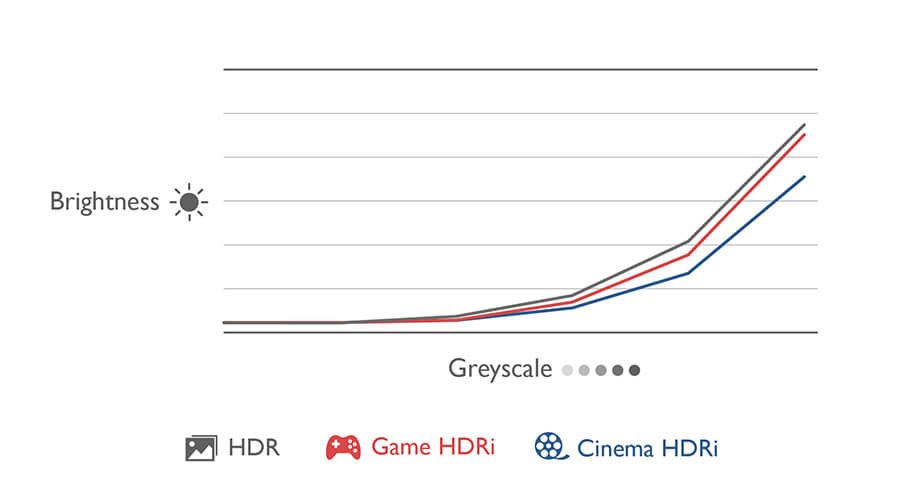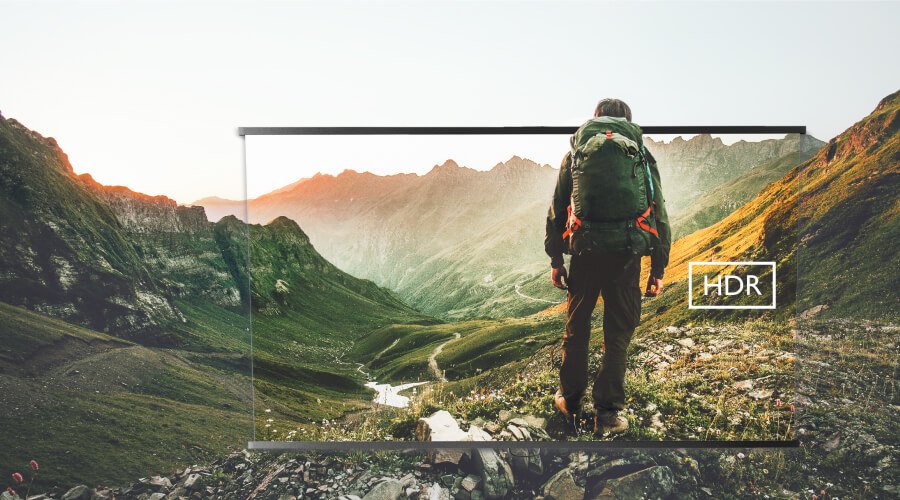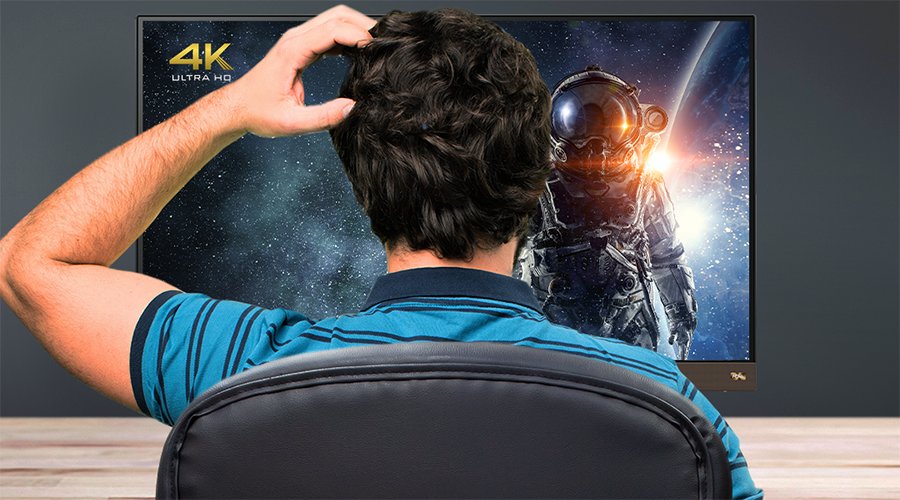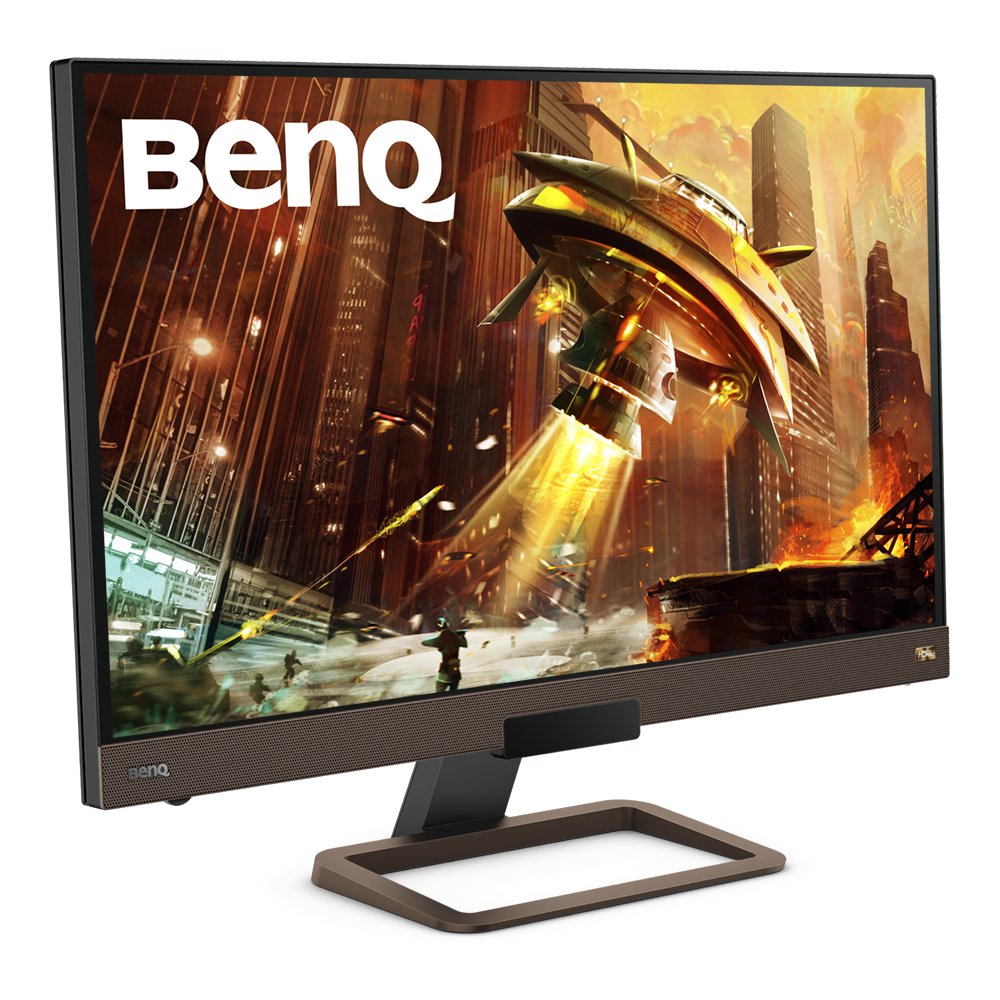Projector
Monitor
Lighting
Digital Display
Job References
This site uses cookies. By continuing to browse the site you are agreeing to our use of cookies, you can also manage preferences.
This site uses cookies. By continuing to browse the site you are agreeing to our use of cookies, you can also manage preferences.
Projector
Monitor
Lighting
Digital Display
Job References
Projector
Monitor
Lighting
Digital Display
Job References
Knowledge Center Support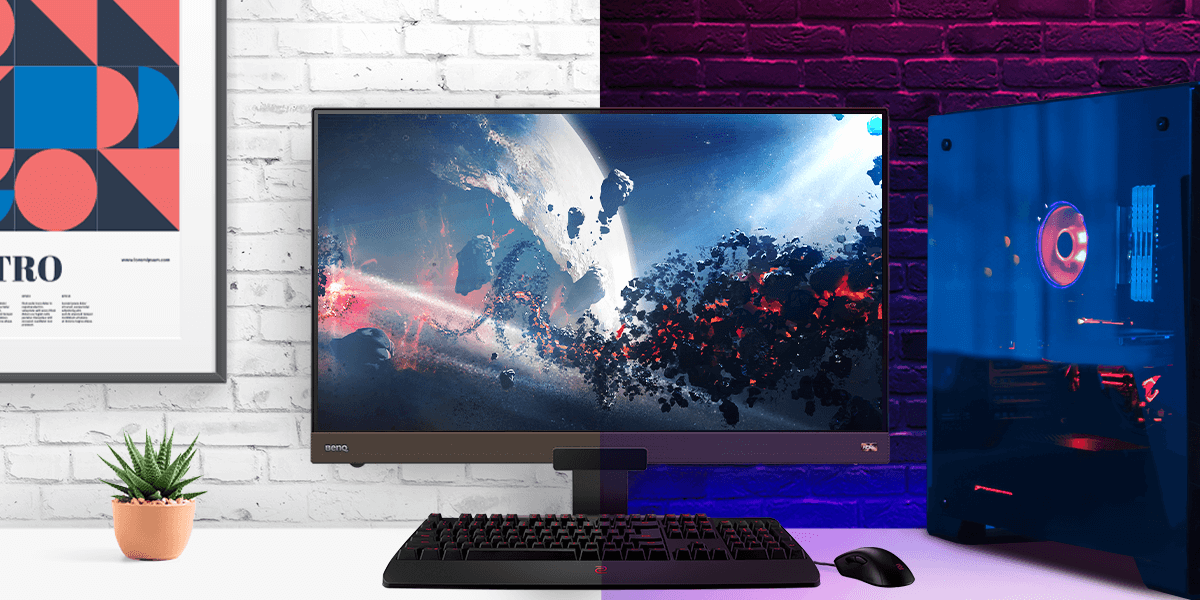
The joy of sitting down for deep, involved gaming sessions in one of your favorite corners of the world. Your gaming station. There’s your PC, and over yonder your consoles. Ease into a comfy gaming-minded seat that required weeks of research to find. As did the desk, which you now feel offers the comfort you demand while engaged in your favorite hobby.
Then just as you’re in the midst of imbuing yourself in one of the games you’re currently into, it gets late or early, the light changes in your gaming station area, and that HDR monitor once more doesn’t look quite right. Colors lose much of their vivid impact, details get lost in over or underexposure, and contrast similarly appears off, as does brightness.
That happens because the gaming monitor you chose for your gaming indulgence, while having good intentions, only offers plain, straightforward HDR. Whatever metadata the source delivers, your monitor displays without any awareness and regardless of all-important ambient lighting conditions.
But of course a better way of doing things exists. We call it BenQ HDRi Technology, and the “i” clearly stands for intelligence.
HDRi technology involves a sensor embedded in the monitor, typically up front where relevant light changes register most prominently. The sensor maintains constant communication with the monitor’s processing core. You see, to have smart HDR you need a smart monitor. Basic models with low-grade computing capabilities can’t handle reactive HDR and leave your gaming station with simple metadata, just “spitting out” whatever they’re fed, as is.
Thanks to the presence of HDRi, smart monitors adjust HDR parameters based on conditions at your gaming station. HDRi works non-stop to retain optimal high dynamic range performance at all times of the day and with all external and internal light sources. Turn on a light? HDRi responds. Sunny and bright changes to overcast skies? HDRi compensates. The net result for you shines through with consistent HDR quality that doesn’t leave you wondering or your eyes watering due to strain. Plus, HDRi works with all major HDR formats – HDR10/HDR10+, Dolby Vision, and HLG.
With HDR your games don’t look great one minute and flat the next. Why sacrifice the impact of improved graphics when there’s a way to keep their majesty irrespective of something as simple as ambient light levels?
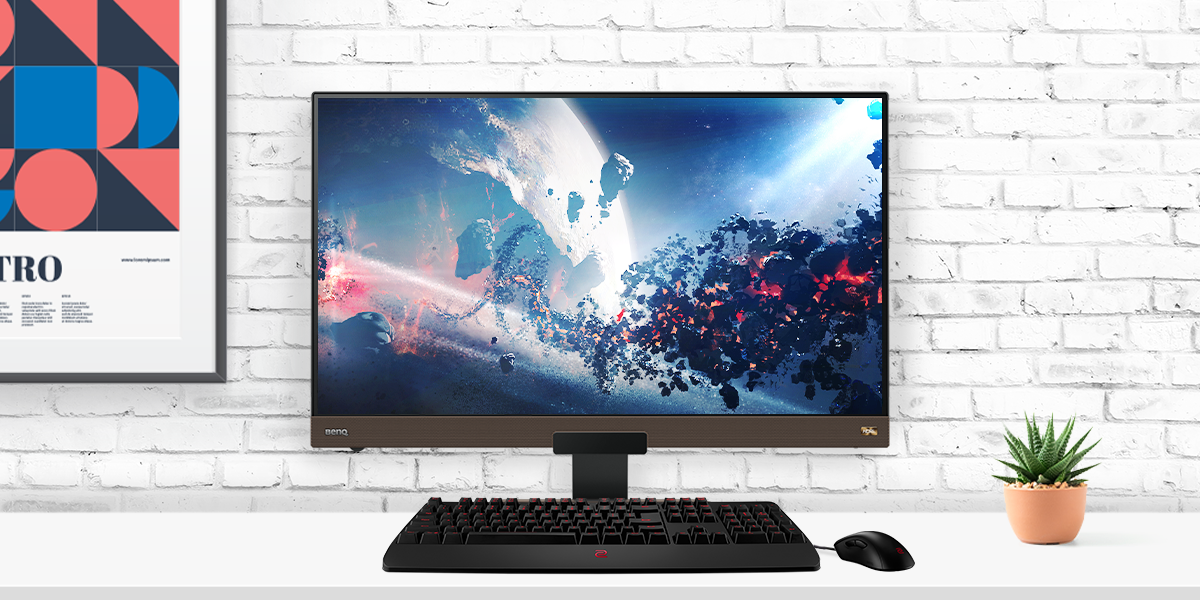
BenQ HDRi technology also offers more saturated colors. This makes colors richer and more vivid. That's because the BenQ Color Engine allows each color to be enhanced in depth and hue. Since your gaming station also doubles as your entertainment den and you probably love watching 4K movies and TV content on your monitor, HDRi comes pre-configured for cinematic HDR tuning (Cinema HDRi mode) and game HDR tuning (Game HDRi). The two work in slightly different ways using separate algorithms, designed by engineers to facilitate various content types. Games and movies/TV all employ HDR now, but a “dumb” monitor won’t know the difference and once more will settle for putting up metadata with no bespoke treatment.
HDRi prevents that potential problem by having gaming and cinematic modes so your major content types are covered and given the respect they deserve.
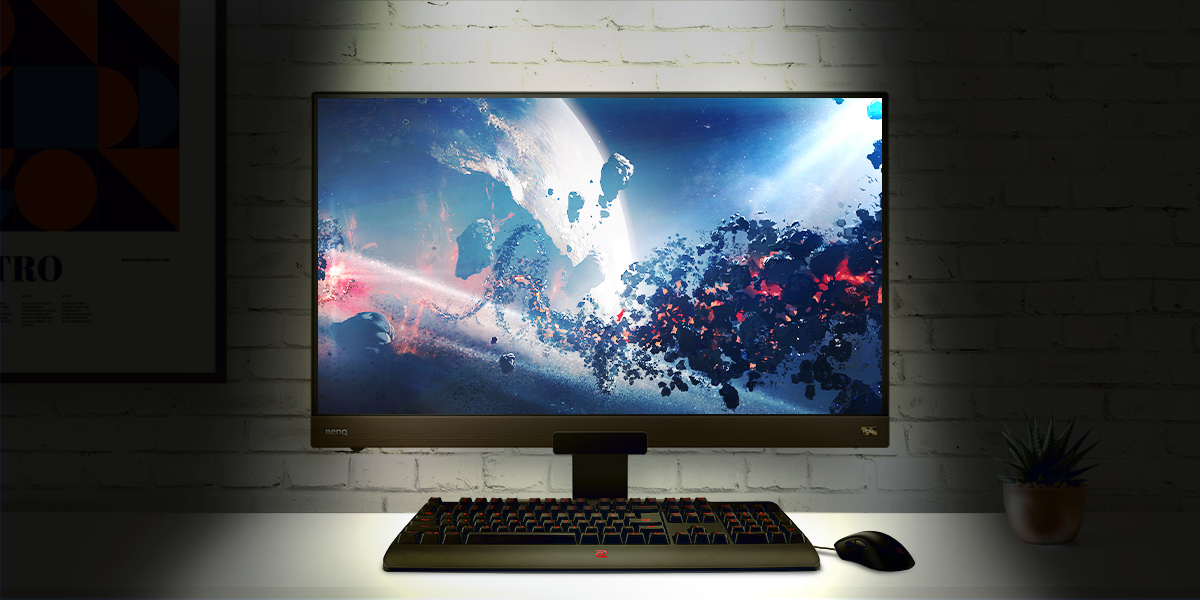
There’s no denying that any processing done to an image source adds latency caused by response time. As such, HDR and more so HDRi do contribute some lag. Though negligible and unnoticeable to most people, if you’re engaged in competitive multiplayer or esports events you can just turn HDRi off or switch to default HDR mode.
HDRi does wonders for story rich, graphically intricate single player titles as well as non-gaming content like movies and TV series mastered in HDR. But if you decide every millisecond counts then a few clicks in the OSD and HDRi turns off until needed again. Mind you, HDRi doesn’t add as much lag as heavy post processes like dynamic contrast, edge enhancement, smooth motion, and eco modes. But still, you’re in control of the experience.
By now HDR has become a staple of displays, especially as 4K changes into the default resolution of most screens. HDR and 4K go hand in hand but as you’ve probably noticed, improved images increasingly don’t come from more specs but rather from better specs. Not just pixels, better pixels. Not just HDR, but smart HDR. Don’t waste all the hard work you put into setting up your own gaming station. Make sure you get the best visuals possible.
Thanks for your feedback!
